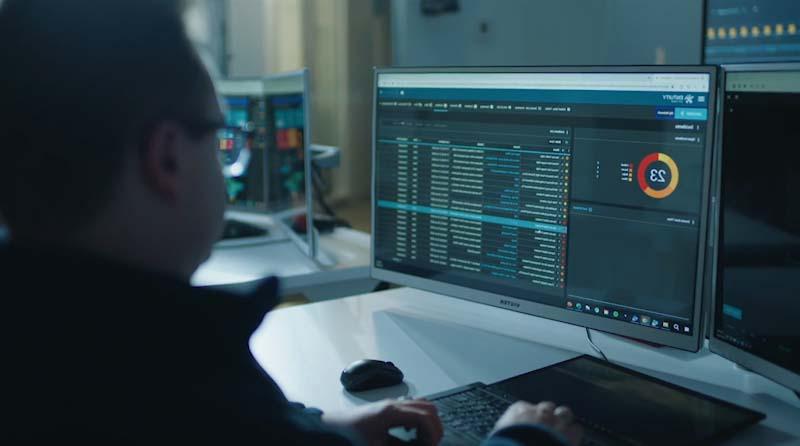Multi-vendor Support – How Do OEMs and TPMs Line Up?
Park Place Hardware Maintenance
Third party maintenance is more affordable, almost across the board.
Most of us are on a mission to simplify our lives. We switched to auto-billing and delivery services and mobile solutions, even before these options became a health and safety necessity.
On the IT front, this quest for less is being met by multi-vendor support providers. Recognizing that its almost impossible to build a data center, let alone complex, hybrid enterprise infrastructure, on one manufacturers products, support vendors have broadened the selection of hardware they will maintain to encompass most of the server, storage, and network equipment markets.
The result is a one stop shop for IT maintenance, which makes it easier for customers to manage contracts and access support when they need it.
Multi-vendor maintenance today comes in two main varieties:
- OEM: Many original equipment manufacturers (OEMs), such as IBM, HPE, and Oracle, will support other companies products alongside their own.
- TPM: An alternative is the longstanding third party maintenance (TPM) option. These providersof which Park Place is onespecialize in support for a wide range of IT equipment and have always been multi-vendor.
More and more customers are asking, which one is better? Lets take a look at several factors.
Cost
The cost issue is pretty easy to settle. Third party maintenance is more affordable, almost across the board. For instance, Park Place Technologies offers server, storage, and network maintenance contracts at prices 30% to 40% below the OEMs, and these savings absolutely apply to multi-vendor scenarios.
Another thing to consider is contract flexibility, which can directly affect total outlay. Park Place offers multiple support levels and, importantly, there are no restrictions on changing them as the environment changes. With Park Place, you can reduce SLAs as hardware shifts to non-mission critical functions and delete coverage when hardware heads for the reclamation facility. Theres no need to wait for a renewal periodwe dont want you paying for support you dont need.
Quality
Some customers worry initially about leaving the auspices of the OEM. Gartner looked at this issue specifically and found that there is much to gain in switching to a TPM. Bottom line, their analysis reveals that TPMs can help reduce risk, in addition to saving money.
The fact is, the best TPMs offer the same or better support features as the OEMs. Consider the Park Place value equation:
- Our global customer support center and advanced engineering support are available 24×7 to answer questions and initiate troubleshooting
- Expert L3 engineers respond to every service call within client-selected SLAs
- High-quality, genuine OEM spare parts are strategically located in over 1,800 depots worldwide for rapid deployment
- Our ParkView automated support system turns maintenance into a largely hands off function for clients by continually monitoring the environment, proactively identifying faults, analyzing root cause, and automatically issuing a trouble ticket for our team.
With these tools, Park Place has notched a 31% faster mean time to repair and a 97% first-time fix rate. So if youre concerned about outages and disruptions (and who isnt?), Park Place is the premium-quality, uptime-maximizing partner youve been seeking.
Innovation
Its difficult to characterize the entire support industry with regards to innovation, but driving support advances is in our DNA at Park Place. Not only did we release ParkView to great fanfare, we offer Entuity Network Analytics to ensure best possible capacity and enhance performance.
Multi-vendor support is one way to simplify IT operations. Bringing in a multi-vendor support partner to monitor, support, and optimize up and down the IT stack takes simplification to a whole new level.
So OEM or TPM for multi-vendor maintenance? The answer is Park Place. Contact us to get started today!



